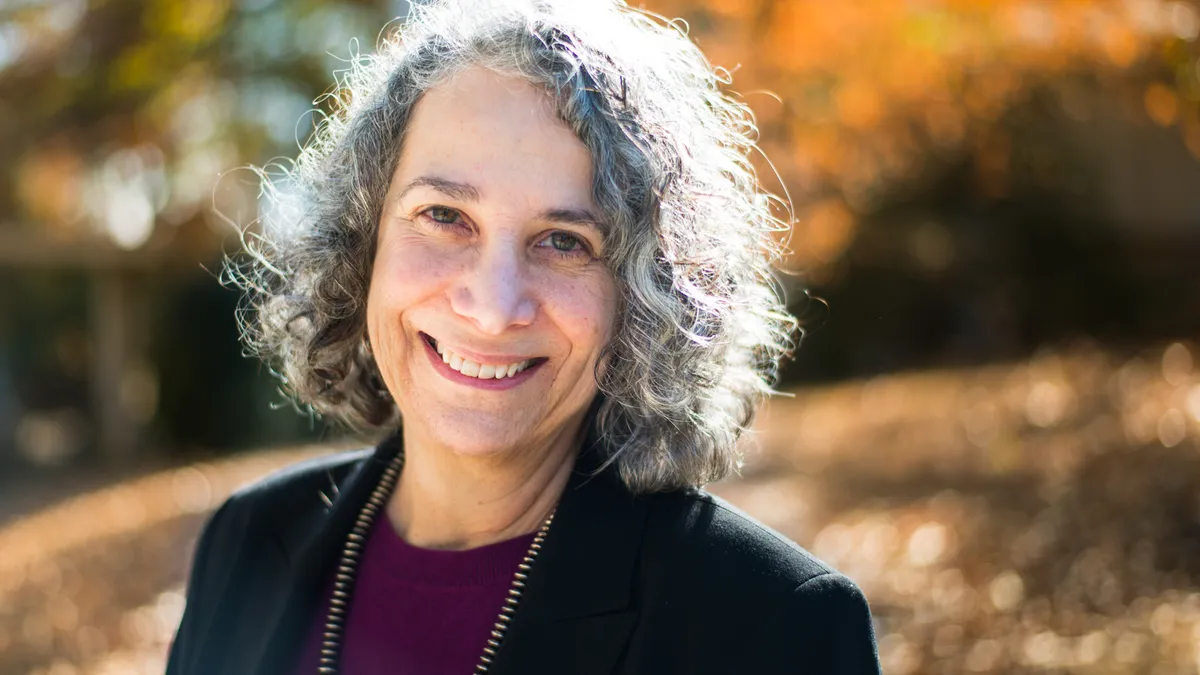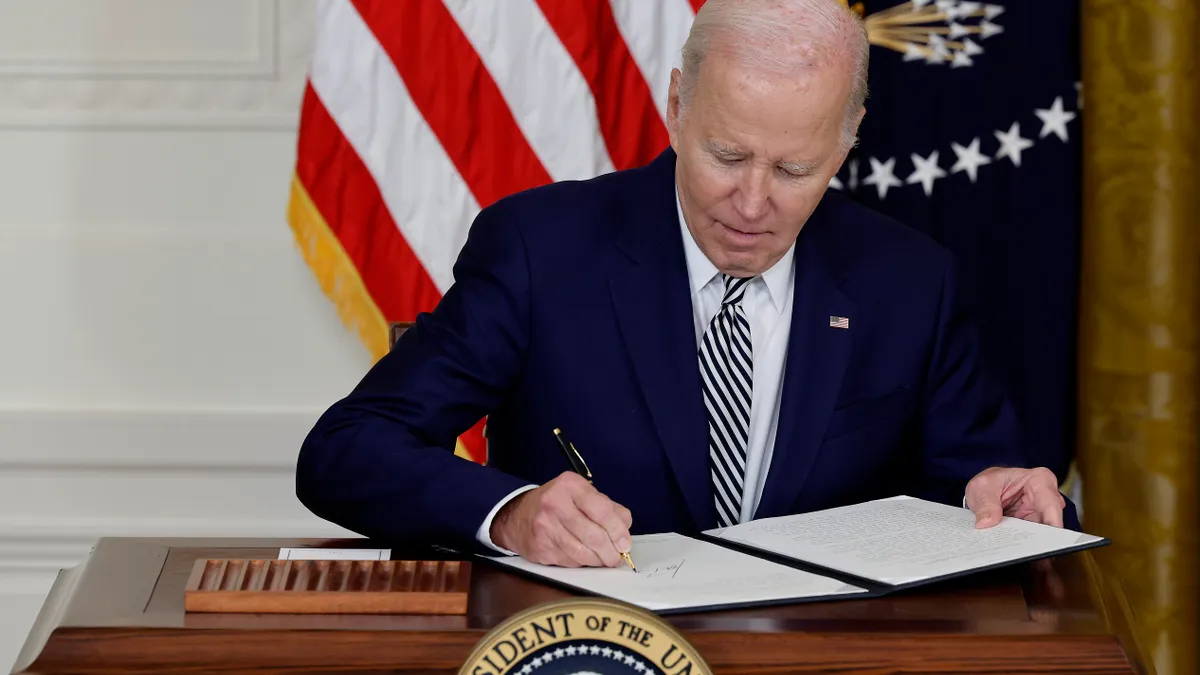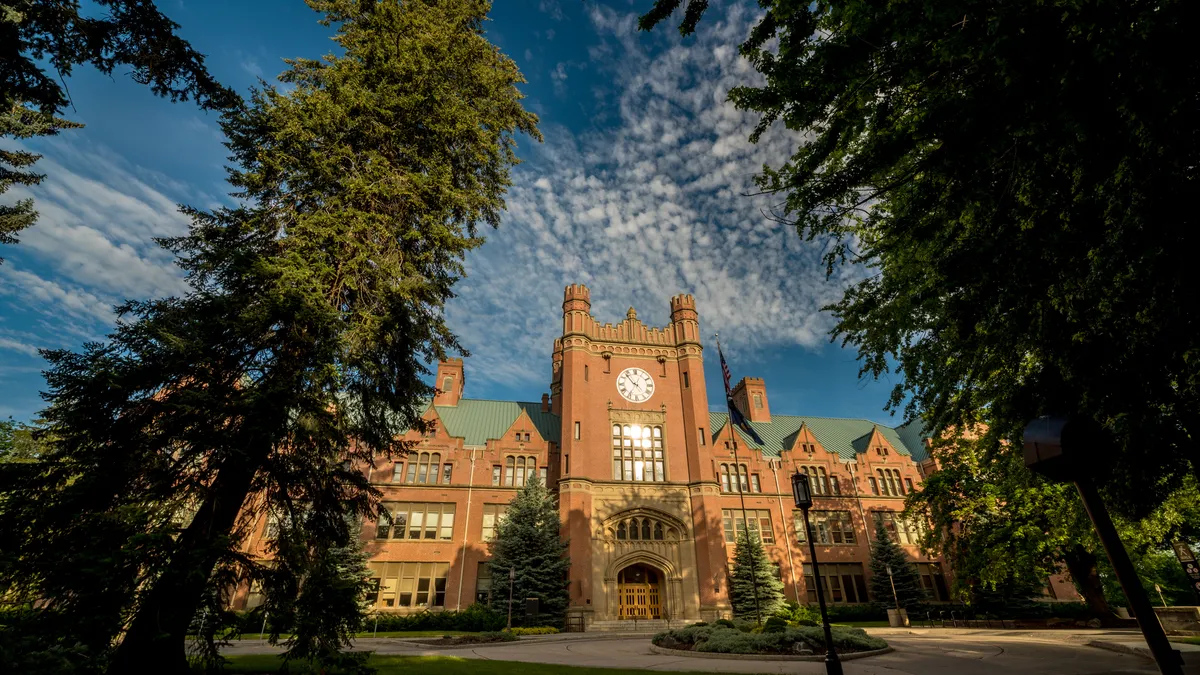It is spring, and change is in the air. Or if it isn’t, it ought to be. Here in Minnesota, we still are feeling (and it’s April!) the cold grip of winter as snow continues to fall. It's all got me thinking: Maybe the reluctance of the winter weather gods to move on is a metaphor for higher education today.
We who champion undergraduate higher education are challenged, and not for the first time, to demonstrate our relevance, our value, and our effectiveness. And this is especially at liberal arts colleges. As institutions we are buffeted by changes in public perceptions, student expectations, state funding commitments, requirements for accountability, and more. It seems that every day I receive something in my inbox speaking toward change about our business models, our academic programs, our delivery methods, our recruitment methods, and on and on and on. Individually and collectively, we are scrambling to respond in ways that are true to our missions and yet are cognizant of the new environments within which we operate.
Spring in Minnesota is strange and unforgiving, not unlike this moment in time, which has not been kind to our public institutions nor to the valuation of liberal education. While universities are by no means alone in this environment of institutional distrust, we are in some ways uniquely positioned.
Therein lies our challenge: we live in a professional world that has survived over the eons largely unaltered because of our adherence to our traditions and traditional structures, our fierce identities as communities of teachers and scholars. Our institutions are held in sublime tension between our tendencies toward specialization— as required by our commitments to seek new knowledge—and by our roles as generalists, which is required by our need to craft and deliver coherent and meaningful academic programs that educate the next generation of citizens. Our governance model that favors building consensus over executive action mediates against swift change and has steadied higher education over time.
At the same time, this feels like a moment that challenges us to be flexible and nimble. As knowledge has advanced, so new programs have been created, new centers and institutes have emerged — and once added, become entrenched, as our stakeholders are often resistant to alterations in our ways of being and doing. We accumulate and accrete: we rarely discontinue.
It is not the first time that I have been struck by the contradiction between the calls for change and the steadfastness of the model of higher education that we have built. And yet, there are signs of change.
My mind turns to the controversial proposal that UW-Stevens Point cut liberal arts programming in favor of “high-demand career paths.” It also turns to the resurrection of Sweet Briar College. Our peers are grappling with the question of how to survive this winter. The Council of Independent Colleges recently released a report that highlights change at private liberal arts colleges. Innovation, the report says, is happening in areas of tradition, things that we have long been committed to: student experience, community engagement, academics, and accessibility. These institutions’ solutions are varied and beg the question of what exactly a changed institution looks like, how we might move forward while holding on to who we are and what we have been.
As an independent institution and as part of a larger university system, we are actively working to find answers to these questions at the University of Minnesota, Morris. Perhaps the answer is a suite of re-themed majors that cultivate time-honored skills like critical thought, effective communication, and creative problem-solving while appealing to an employment-focused, forward-looking, result-oriented market? Maybe it is a new way of reinforcing ties between what goes on in the classroom and in life outside its walls? New (and lucrative) partnerships that build on the spirit of inquiry that has always been our trademark? Something else altogether? Whatever our answer will be, it will be true to who we are and what we value.
At a moment in which I find myself questioning much, here is what I know to be true: winter will give way to new growth, green grass, and blue skies. What does that mean for us in higher education? It means we will learn to bend without breaking. To adapt while holding fast to the principles for which we always have stood:
That a broadly educated citizenry and workforce are necessary not only in today’s world, but also for that which is to come.That education is a force for public good. That new ideas open eyes and doors, and therefore what we do matters, will always matter. That we can survive harsh winters.
I know I am not alone in believing that institutions of higher education generally, and liberal arts colleges in particular, must evolve if we are to survive this moment in history. At the same time, I am clear about the need to hold firm our core. There is no single path forward. Perhaps the simultaneously daunting and exciting opportunities ahead of us are that we can collectively and individually innovate and take risks. I, for one, look forward to seeing spring and the results of our creativity.
Michelle Behr, PhD, is chancellor of the University of Minnesota, Morris, a public liberal arts college within the University of Minnesota System.
















